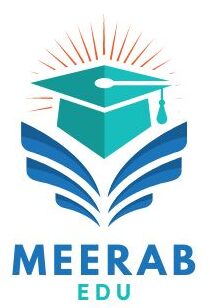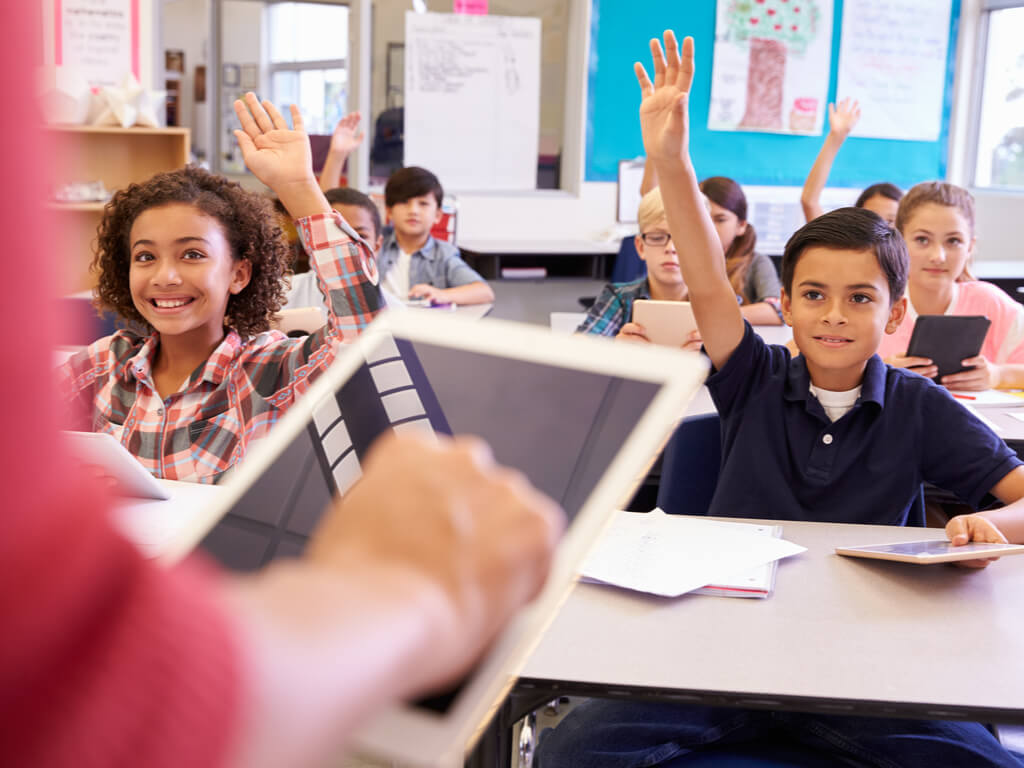Introduction Of Education Northwest

Welcome to an insightful exploration of education in the vibrant region of the Northwest. Education within this area is characterized by a mosaic of multifaceted designs that result from diverse demographics and dynamic policies ranging from bustling urban centers to serene rural landscapes. In this article, we look at obstacles and innovations that characterize the educational sector and provide a holistic view of how stakeholders navigate through the changing dynamics of education in the Northwestern part of America.
**Section 2: Key Challenges and Opportunities in Education Northwestern Education**
Education in the Northwest presents a myriad of challenges and opportunities, necessitating a nuanced understanding of its intricacies.
**Addressing Socioeconomic Disparities:**
The Northwest exhibits various manifestations related to socioeconomic disparities, which hinder educational access as well as outcomes. Urban areas usually suffer resource imbalances while rural communities are faced with limited infrastructure and a lack of teachers. Thereby, they become vital for narrowing these gaps by investing in programs geared towards equitable allocation of funds, enabling access to quality education, as well as offering support to underprivileged districts.
**Promoting Inclusivity and Diversity:**
The Pacific Northwest has a diverse population but guaranteeing inclusiveness is still a big issue. Schools should give priority to culturally responsive teaching methods, and establish safe spaces for marginalized groups while making all students feel like they belong. Diversity in learning enhances it and makes them ready to prosper in an interdependent world.
**Harnessing Technological Advancements:**
Northwestern education is faced with both opportunities and challenges brought about by technology. Improved access to digital resources leads to better educational outcomes while the digital divide continues to be witnessed especially in rural areas and underserved communities. Such innovative solutions as distance learning programs, digital skills training initiatives, and equal availability of technological infrastructure are essential for unlocking the potential of technological advancements while leaving no student behind.
Educators, policymakers, and communities must work together to create inclusive, justifiable, and technologically proficient educational environments across the North West. These major problems need direct addressing so that this region can realize its true potential as well as equip coming generations with adequate preparation for success in an ever-changing world.
**Section 3: Policy Initiatives and Educational Northwest Reforms**
Policy initiatives and educational reforms play a major role in determining the direction education takes in the Pacific Northwest, promoting advancement, and addressing critical issues.
**Government Strategies to Enhance Education:**
The government at both state and local levels puts in place policies aimed at improving education standards and making it affordable. These range from funding allocations, and curriculum standards, to teacher support programs among others. Governments can create enabling environments for high-quality education by treating education as one of the key societal pillars.
**Legal Frameworks for Legislation and Allocation of Funds:**
Legislative frameworks are necessary for setting legal precedence on educational policies, and funding mechanisms, among other issues. Ensuring that all students have equal opportunities to access high-quality education demands that resources be distributed equitably; funds should also be fairly allocated while keeping accountability measures in place. Transparent budgeting procedures alongside investment focusing on areas with the most pressing needs constitute part of effective strategies around funding allocation.
**Collaborative Efforts Among Stakeholders:**
To succeed with educational changes, one needs the collaboration of different stakeholders; among them are government agencies, schools, community organizations, and advocacy groups. This can be achieved through partnerships and constructive dialogue; this process will help stakeholders to come up with their common goals, share best practices, and combine resources for effective changes. Collaboration is a way to improve the efficiency of teaching reforms which makes it possible for them to meet the needs of the society they belong to in the future.
Northwest region can go around its education landscape making it an enabled environment for all students to excel through proactive policies, thoughtful legislation frameworks, and collaboration by all stakeholders.
**Section 4: Innovations in Teaching and Learning Practices**
Innovation in teaching, as well as learning practices, is a must-do that should not fall behind student development or the changes in societies. To address these demands, educators in Northwest have turned to more creative ways of attracting learners while focusing on their critical thinking capabilities.
**Shifting to Student-Centered Approaches:**
In the Northwest, teachers are moving toward methods of student-centered education where individual students’ requirements and interests are taken into consideration first. This way empowers learners as it allows them to own their learning process which is characterized by independence and self-directed learning. The adoption of strategies such as inquiry-based instruction and personalizing learning paths makes it possible for students to dig deeper into subjects while acquiring crucial skills needed in the 21st century.
**STEAM Education Integration:**
The need for interdisciplinary scientific disciplines involving Science, Technology, Engineering, Arts, and Mathematics has led to an increased prevalence of STEAM education in the Northwestern region. By incorporating STEAM principles in the course contents, pupils can have a holistic approach towards complex issues along with connecting them with real-life scenarios. Experiential activities, maker spaces as well as team ventures encourage pupils how to be innovative while applying their knowledge and prepare them for future jobs within science and technology-related fields.
**Using Alternative Education Models:**
Educationalists in the Northwest are beginning to embrace alternative models of education in response to a multiplicity of learning needs and preferences. Students with differing styles of learning as well as timetables can be provided for by flexible learning environments such as online platforms for studying, blended learning programs, and competency-based education. These models offer individualized experiences, enabling learners to study at their own pace and pursue their interests while still adhering to academic standards.
Northwest educators embracing innovative teaching-learning practices have been able to forge ahead with a new generation of lifelong learners fully equipped to thrive in an ever-changing world. This region is leading in educational innovations that shape the future of learning for generations.
**Section 5: Community Engagement and Support Systems**
Community engagement together with strong support systems form part of the thriving educational ecosystem within the Northwest. They can help communities forge partnerships that will enrich the experience for all those involved in education through the utilization of local resources.
**Role of Local Communities in Education:**
Local communities in the Northwest have an essential role to play when it comes to improving students’ educational growth. Inclusion of parents, volunteerism as well as interactions with people within the locality cements feelings of being part and parcel of the learning outcomes. Away from classrooms, schools can unite with local businesses, non-governmental institutions, and cultural centers for experiential encounters like mentorship programs among others.
Strong School-Community Partnerships:
For effective school-community partnerships to occur trust must be mutual, objectives shared, and modes of communication open. Family outreach programs or mixed community service events are examples of collaborative projects that could foster good relationships between surrounding communities and their schools. Within holistic approaches, these coalitions address pupils’ academic, emotional, and social requirements in wider regional contexts.
**Support Networks for Students and Educators:**
Also, support systems are pivotal in the nurturing of students’ and teachers’ well-being as well as their career development. In this case, counseling services, mentoring programs, and peer support groups provide academic resources to students and create an environment where they can flourish emotionally. Similarly, educators receive support through professional development opportunities, mentorship programs, and collaborative learning communities that help them improve their teaching methods while overcoming hurdles.
Educational institutions within the Northwest proactively interact with the community to promote a healthy environment for every student’s success. It is through collective effort and shared commitment that communities and schools shape education’s future while taking care of its members.
**Section 6: Future Prospects and Recommendations**
To ensure a brighter future for education in the Northwest it is imperative to anticipate future trends in education; challenges therein as well as opportunities arising thereof. By doing so, interested parties will be in a position to influence an equitable innovative inclusive educational system that is more resilient.
**Anticipating Trends And Challenges:**
The Northwest confronts constantly shifting demographics, evolving technology, and global issues that will impact education in the years to come. The fast pace of technological incorporation, change in population structure, and economic alterations will necessitate flexible approaches to education and innovation. Moreover, despite efforts made so far, this remains a significant challenge requiring undivided attention towards bridging such gaps.
**Proposing Sustainable Solutions:**
To effectively tackle future challenges, stakeholders must embrace sustainable solutions that promote equitable access, inclusiveness, and excellence in education. Investing in teacher training programs; expanding virtual libraries to facilitate broadened access to digital assets; and creating support mechanisms for vulnerable communities are some of the initiatives that must be taken up as part of establishing a fairer educational environment. In addition, the development of a culture of creativity by schools based on cooperation among teachers and continuous growth would allow them to survive in today’s ever-changing educational system.
**Fostering Continuous Improvement in Northwestern Education:**
The Northwest’s educational systems must constantly improve to meet the needs of students, educators, and communities. These include regular assessment, data-driven decision-making, and continuous stakeholder engagement. Educational institutions can therefore improve their efficiency and validity in terms of preparing a student for success in the 21st century through building a culture of reflection, responsibility as well and creativity.
In conclusion, education in the Northwest is poised between peril and promise. A more just, innovative, and adaptable educational ecosystem that supports successful learning experiences for all students can be created when they can visualize what is coming next, suggest workable responses, and encourage improvement.
Conclusion
In conclusion; it takes collaboration to navigate one’s way through education in the Northwest which involves dealing with problems, embracing change as well as engaging the community. Consequently, stakeholders can shape an exciting educational landscape that nurtures every learner if they prioritize justice, acceptance along relentless enhancement. This path will demand commitment, and willingness to adapt as well as joint efforts aimed at ensuring that education remains fundamental

